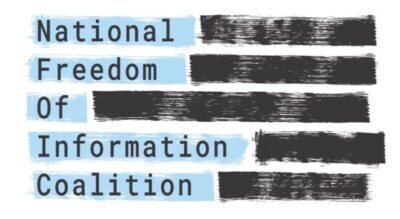The secrecy surrounding the National Security Agency’s post-9/11 warrantless surveillance and bulk data collection program hampered its effectiveness, and many members of the intelligence community later struggled to identify any specific terrorist attacks it thwarted, a newly declassified document shows.
The document is a lengthy report on a once secret N.S.A. program code-named Stellarwind. The report was a joint project in 2009 by inspectors general for five intelligence and law enforcement agencies, and it was withheld from the public at the time, although a short, unclassified versionwas made public. The government released a redacted version of the full report to The New York Times on Friday evening in response to a Freedom of Information Act lawsuit.
Shortly after the terrorist attacks on Sept. 11, 2001, President George W. Bush secretly told the N.S.A. that it could wiretap Americans’ international phone calls and collect bulk data about their phone calls and emails without obeying the Foreign Intelligence Surveillance Act. Over time, Stellarwind’s legal basis evolved, and pieces of it emerged into public view, starting with an article in The Times about warrantless wiretapping in 2005.The report amounts to a detailed history of the program. While significant parts remain classified, it includes some new information. For example, it explains how the Bush administration came to tell the chief judge of the Foreign Intelligence Surveillance Court at the time of the Sept. 11 attacks, Royce C. Lamberth, about the program’s existence in early 2002. Continue>>>
=======
